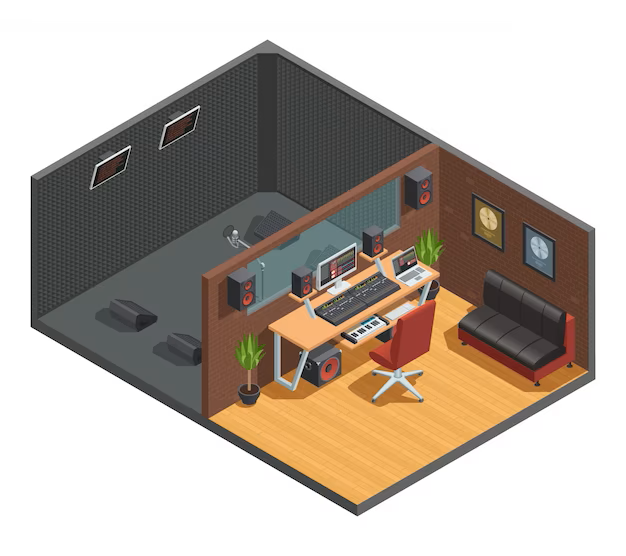
Achieving 100% soundproofing is challenging, as it is practically impossible to completely eliminate all sound transmission. However, you can employ various strategies to significantly reduce noise and create a highly soundproofed environment. Here are some steps you can take:
1. Seal gaps and cracks:

Identify any gaps or openings in windows, doors, walls, or floors and seal them using weatherstripping, caulking, or acoustic sealant to minimize sound leakage.
2. Enhance insulation:
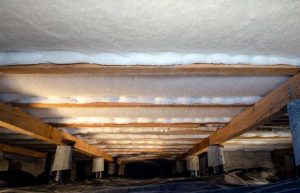
Improve the insulation of your walls, floors, and ceilings by using materials with high sound absorption properties, such as dense insulation, acoustic foam, or mass-loaded vinyl.
3. Double glazing:
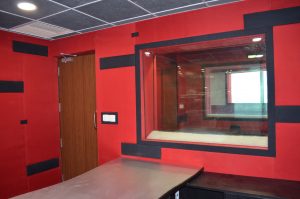
Install double-glazed windows or add soundproofing window inserts to create an additional barrier against noise penetration.
4. Soundproof doors:
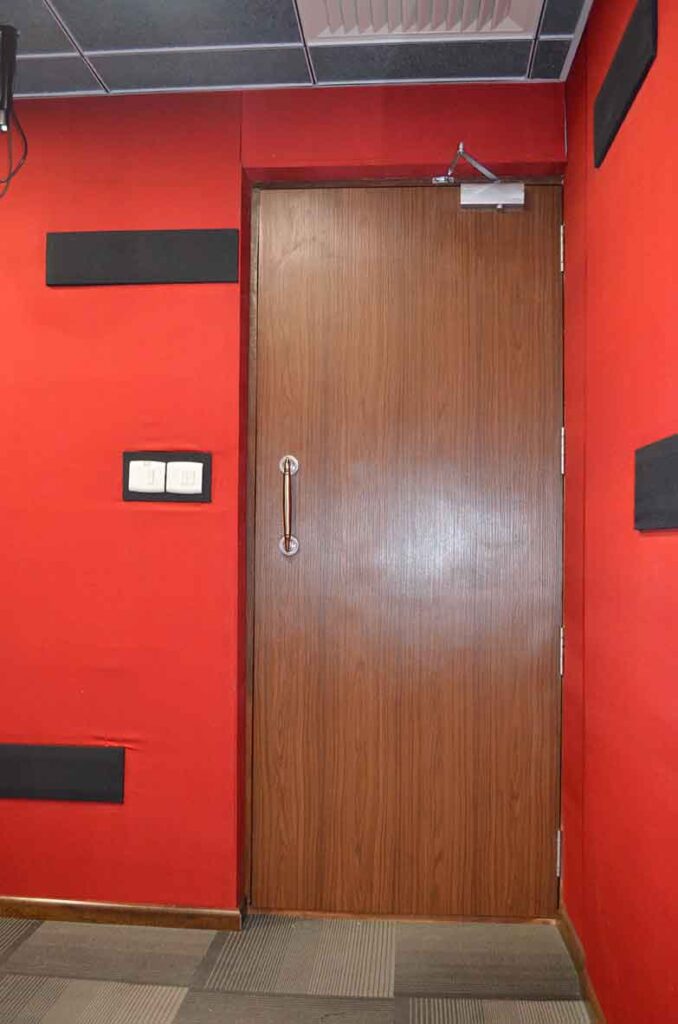
Use solid core doors or consider adding door sweeps, seals, or soundproofing blankets to reduce sound transmission through doors.
5. Acoustic panels or baffles:
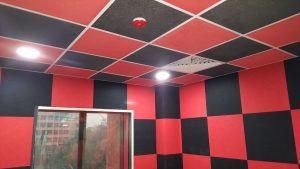
Install acoustic panels or baffles on walls and ceilings to absorb and dampen sound waves, reducing echo and improving overall sound quality within the room.
6. Soundproof flooring:
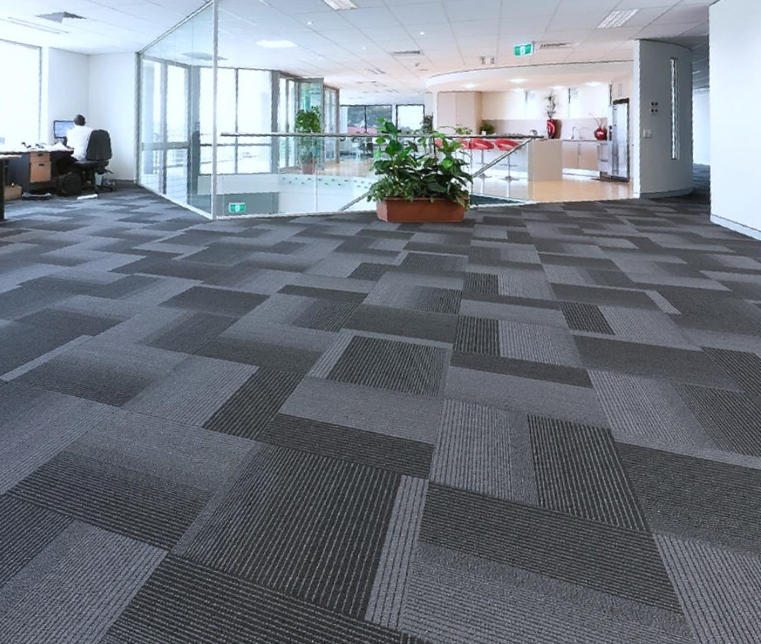
Use thick carpets, rugs with sound-absorbing underlay, or acoustic flooring materials to minimize impact noise and footfall sound.
Remember, achieving complete soundproofing may not be feasible, but by combining multiple soundproofing techniques, you can significantly reduce noise transmission and create a quieter environment.
